How to make your organisation more adaptable WITH your hierarchy.
(Would you prefer to watch me explain this on video? Just click here!)
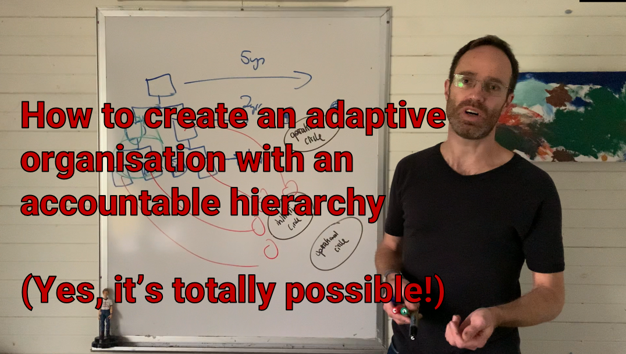
This time we’re going into “fluid, flexible, task-based structures”. Very fancy sounding words.
First, a quote. This is from a KPMG report on the things that will change from COVID that was titled with great importance: “Our New Reality: Predictions after COVID-19”.
Remote work will break traditional management structures
As we shift from managing inputs to managing by outcomes, current organisational hierarchies won’t make sense. A shift to flatter and more fluid task-based structures will follow and require new management skills and changes to performance measurement and reward programs. Company culture will also need to be re-examined.
Hierarchies “won’t make sense”. Come on!
1. HIERARCHY GIVES US….TIME
There are two key functions hierarchy provides. The first is…time
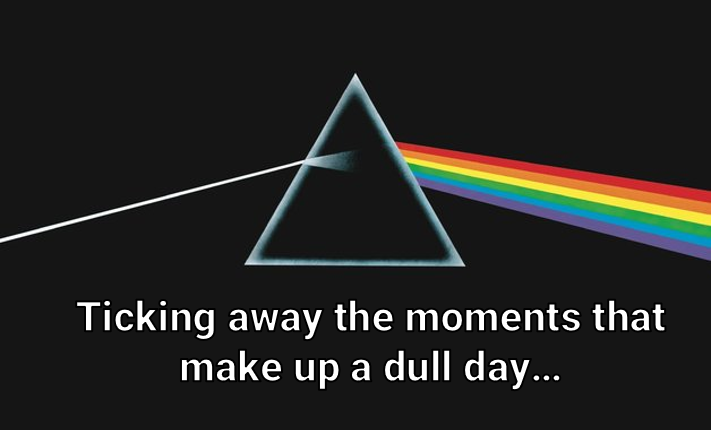
Decisions that affect things further in the future are more complex, because things in 10 years are less certain things in 10 minutes. We can agile our way along, but we still need decisions about direction, intent, where we play…you know, actual strategic stuff (and before you reel in horror at the permanence, these can be changed when things turn out to be different).
Hierarchy gives us roles that have the job of making these decisions. Some roles look ahead perhaps 5 years, others 2 years, and we all get a work system in which we can sense and respond. It’s emerged this way because people are all at differing growth rates and stages of cognitive capability and find flow making decisions in different timespans. Longer-term decisions create conditions for shorter-term decision to occur within.
So, we can be as flexible as we want, but without a hierarchy of decisions and an idea about how will make sure good decisions are made for the different timespans…we can innovate our way straight into irrelevance.
2. HIERARCHY GIVES US…ACCOUNTABILITY
The second reason that we have hierarchy is so we know who we need to ring if something weird’s going on. This requires a different way view what managers are there to do. Instead of looking at managers as “I get to tell you what to do”….
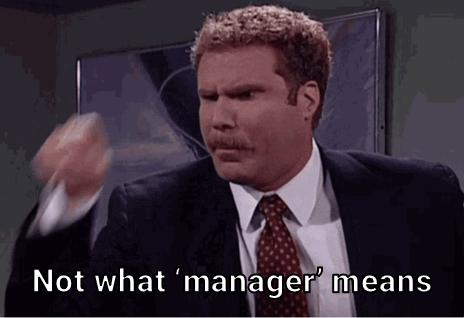
….change tack to managers are the ones who take accountability for the results of the team being achieved.
Look at like a bucket of accountability. The manager holds the bucket of accountability for their team, project, machine…whatever it is. You can include them in the team too – they are holding the accountability for the team behalf of the organisation. Take this away, and when a team isn’t performing, we need to get 8 people in a room so they can point at each other and explain why it wasn’t their problem. Replace this with one person who has some authorities to match, plus knows how to use authority in a way that treats people as equally valuable humans (this is trainable BTW)…and it’s just easier.
HOW WORK ACTUALLY WORKS
We now need to look at how work actually works.
Regardless of whether something will happen again (operational) or will end (project/initiative), all work breaks down to some sort of shippable unit, which is when a given thing is completed by a person or a team to a good enough standard that it can be shipped. Doesn’t have to be to the final customer either, if I need to do my bit so Dave can do his, my job is ship it to Dave so he’s got it when he needs it.
Here’s the key point: we want to organise around the work, regardless of where you come from in the hierarchy. If you are part of a work circle (operational or project), then you are a part of that work circle. Doesn’t matter what T-shirt you wear. You can see this graphically below.
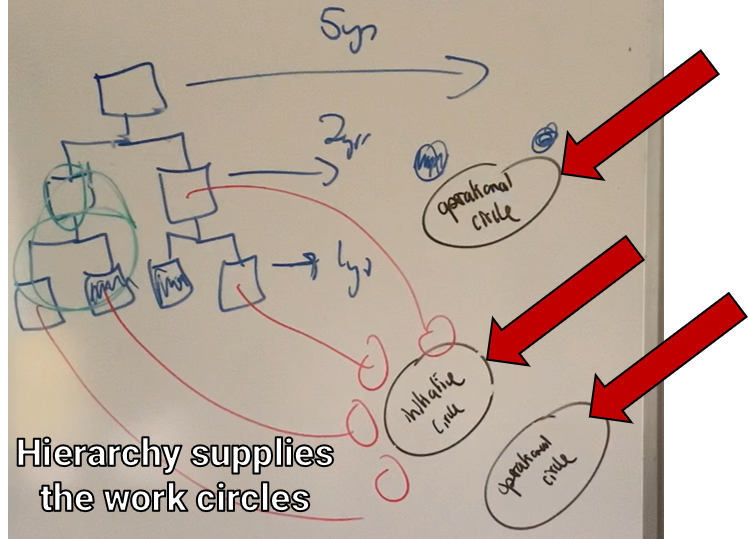
We rarely draw the circles on the right, instead only doing those on the left. So that’s how we organise. Which is a huge source of our organisational pain.
By visualising and intentionally organising around the work as the main show, we now have a fluid structure because as the needs of the work change, it’s easier for the groups to change. This is why I often use the word ‘circles’ as its permanent enough to create a group, but not so permanent that it can never change.
Unlike a box on an org chart.
You can tell you’re still organising around the hierarchy when you hear “I’m not going to join your thing because that’s not what my area does.” That’s where accountability comes in because the manager accountable can have a discussion to say, “This person would be great on that project. We’ve spoken to them. It can work, but we need to sort out some other stuff before they’ll have the capacity to do it.” These conversations are the real function of this thing called ‘management’.
(Of course, this requires everyone to show up like an adult, which is a whole other thing. What’s crucial is that the organisational design itself isn’t exacerbating the school-yard tendencies!)
MAKING THIS ACTUALLY HAPPEN
So, we’re getting rid of the idea that a fluid structure that organises around the work, that can be responsive, therefore rejects hierarchy. We can see that we need hierarchy for the two purposes of;
- being able to make decisions in the time horizon or the time spans that we need, and
- so we know where accountability lies…
and then we organise around the work from that hierarchy to actually get stuff done.
To get this happening operationally, I set up what I call ‘work circles’, using a process I designed called Circle Work™ which sets up and shows people how to view and talk about work so improvement occurs naturally.
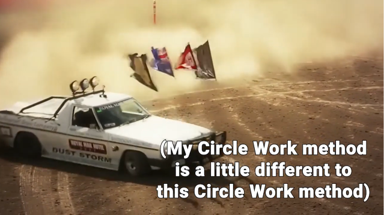
For initiatives or projects, I set up initiative circles where we line them up into a series using a method I call the Project Factory™. This again creates visibility and clear conversations around initiatives which organically creates a way of program management which sees remarkable increases in project throughput.
(If you would like the steps for how to implement these methodologies, message me, or send me a note from here.)
Circle Work™ + Project Factory™ gives a fluid way to organise, which is based on, comes from and supported by the hierarchy, rather than rejecting it. Do it this way, you’ll be able to get rid of many of the battles that occur in your organisation. You can step out of that ridiculous we-don’t-need-the-hierarchy-anymore argument, and you can get on and serve your customers.
